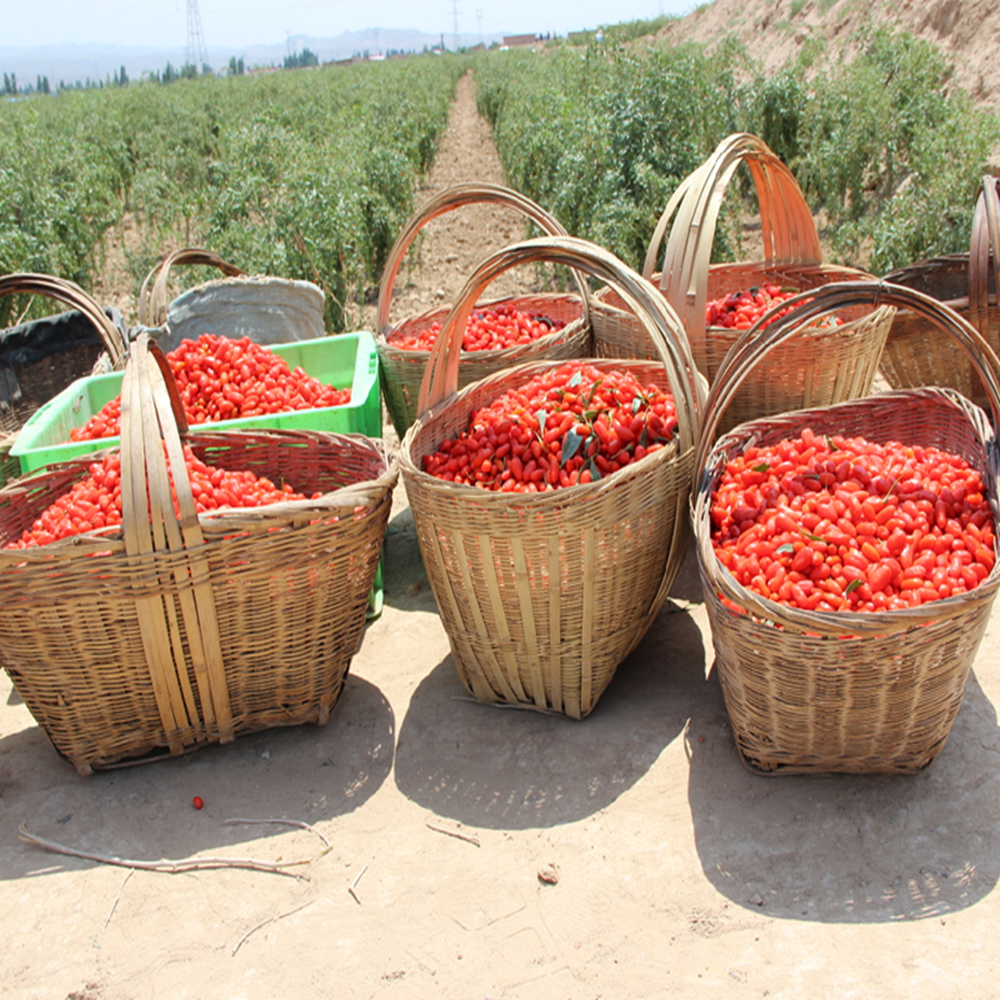(a) physical "chemical" 1, broken: straw, potato vines, grass, hay, etc. should be chopped and fed. The grass that feeds pigs is cut into 1-2 cm, so as to achieve the effect of “three-knife and three-knife without any materialâ€. 2. Pulverization: Hay, grain and other feeds must be ground and then fed to aid digestion. The degree of chalking should be based on feed and livestock species. Pigs, cattle feed can be crushed into 1-2 mm, chicken feed should be ground into a fine powder. 3. Slurry: The feed of tubers and beans should be soaked and fed after soaking, which is beneficial to digestion and improving feed utilization, and can also reduce toxins such as cyanodine. 4. Weathering: Green fresh feed is rich in nutrients, and should be air dried and stored immediately after harvest to avoid rapid microbial growth and deterioration. However, it should not be exposed to sunlight to avoid vitamin loss. 5, softening: corn, sorghum, etc. before feeding with soft salt water soaked soften before feeding, can save feed, easy to digest. 6, heating: beans feed should be fed after cooking, in order to destroy the anti-trypsin in beans, increase methionine and cysteic acid, increase feed value and palatability of feed. (B) biochemical "chemical" 1, budding: seed feed germination and growth to 10 cm when the vitamin content is extremely rich, is a good source of vitamin feed for livestock and young livestock and livestock. 2. Alkalization: alkalinize the coarse material with quicklime milk, subject to submerged feed, take out after 24 hours of immersion, and do not rinse with water. Alkalization of feed can increase its nutritional value, utilization and feed intake. 3. Saccharification: Add 100 kg of roughage to 1-2 kg of prepared enzyme (traditional Chinese medicine), add 100 kg of water and stir into the cylinder to make the temperature rise to 40°C and then feed. After the feed is saccharified, it has the characteristics of acidity, sweetness, aroma, and softness, good palatability, and significant feeding effect. 4. Ammonia: The raw material is cut into 2-3 centimeters long, and 1 to 15 kilograms of ammonia is added per 100 kilograms of roughage. Layered compaction, layer-by-layer ammonia spraying, and finally sealing, can be opened at 25-30°C for 7 days after ammoniating, and ammonia gas volatilizes after net feeding. 5. Acidification: Adding a little amount of Glauber's salt to the diet after appropriate amount of phosphoric acid to mix in the green fodder can increase the sulfur content of the feed and help increase the vitality of the lactic acid bacteria and improve feed nutrition. 6. Hydroformylation: 0.12% formaldehyde and 0.14% formic acid mixed silage with grass and leguminous feeds, with little loss of heat energy, and almost completely prevented the destruction of proteins during silage, and at the same time increased the insolubility of silage. Protein nitrogen and other nutrients. 7. Storage: Storage of green fodder in pits, cylinders, pools and plastic bags can make it ferment under anaerobic conditions to generate lactic acid, maintain nutrition, and improve digestibility.
Ningxia Goji is know of its best pharmacodynamics among all the goji berries, which is famous in China.Ningxia goji can be used in traditional Chinese medicine,this is what other goji don't have.
Ningxia Goji's function:
1. The immune regulation
2. Anti-aging
3. Anti-tumor
4. Anti-fatigue
5. Anti-irradiated injury
6. Regulate blood lipids
7. Regulate blood sugar level
8. Decreasing blood pressure
9. To protect and improve sexual function
10. Improve eyesight
11. Improve the respiratory disease resistance
12. Beauty to raise colour, moist skin

Ningxia Goji
Ningxia Goji,Ningxia Goji Berry,Ningxia Dried Wolfberry,Organic Bulk Goji
NINGXIA IVY BIOTECHNOLOGY CO.,LTD , http://www.berries-goji.com